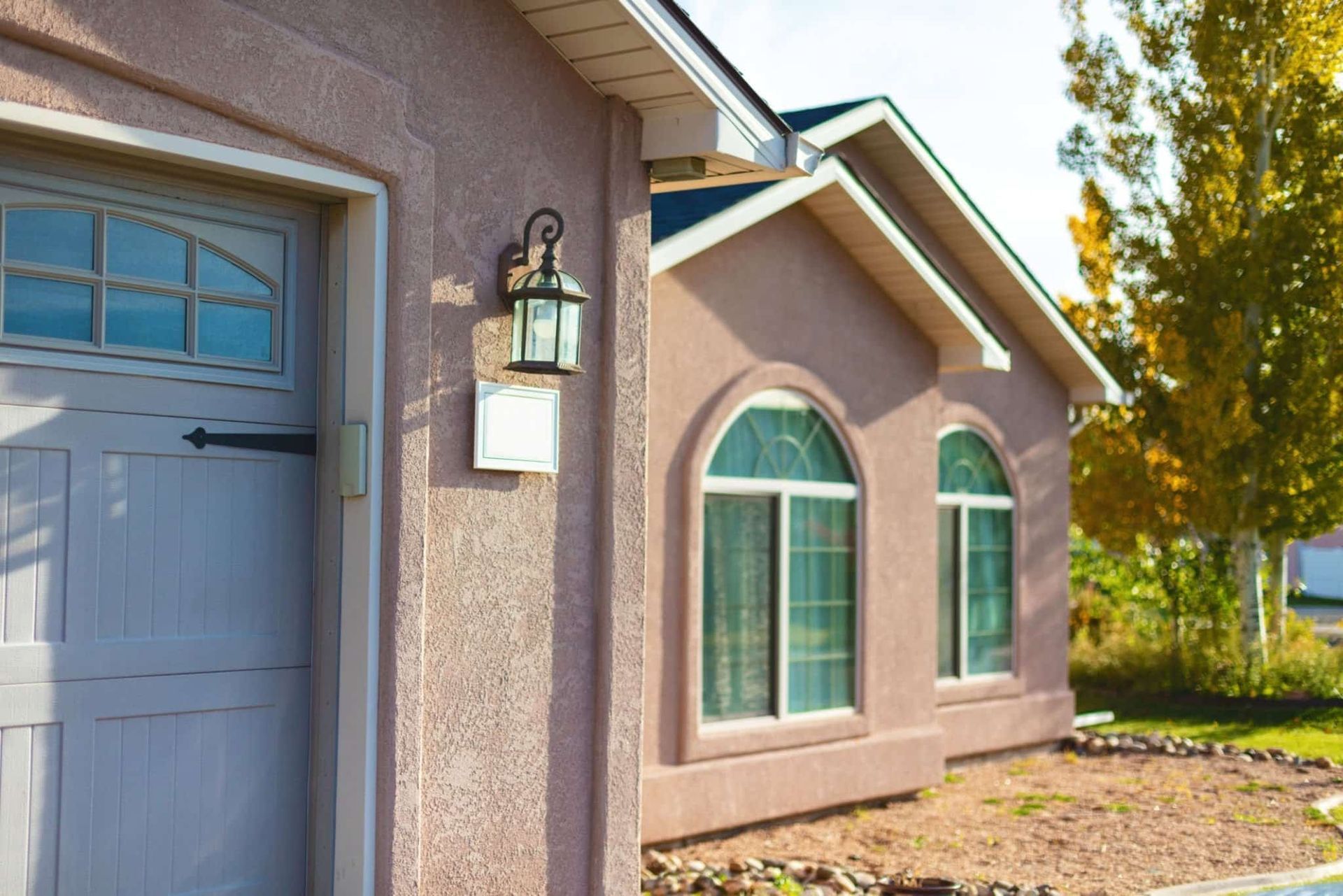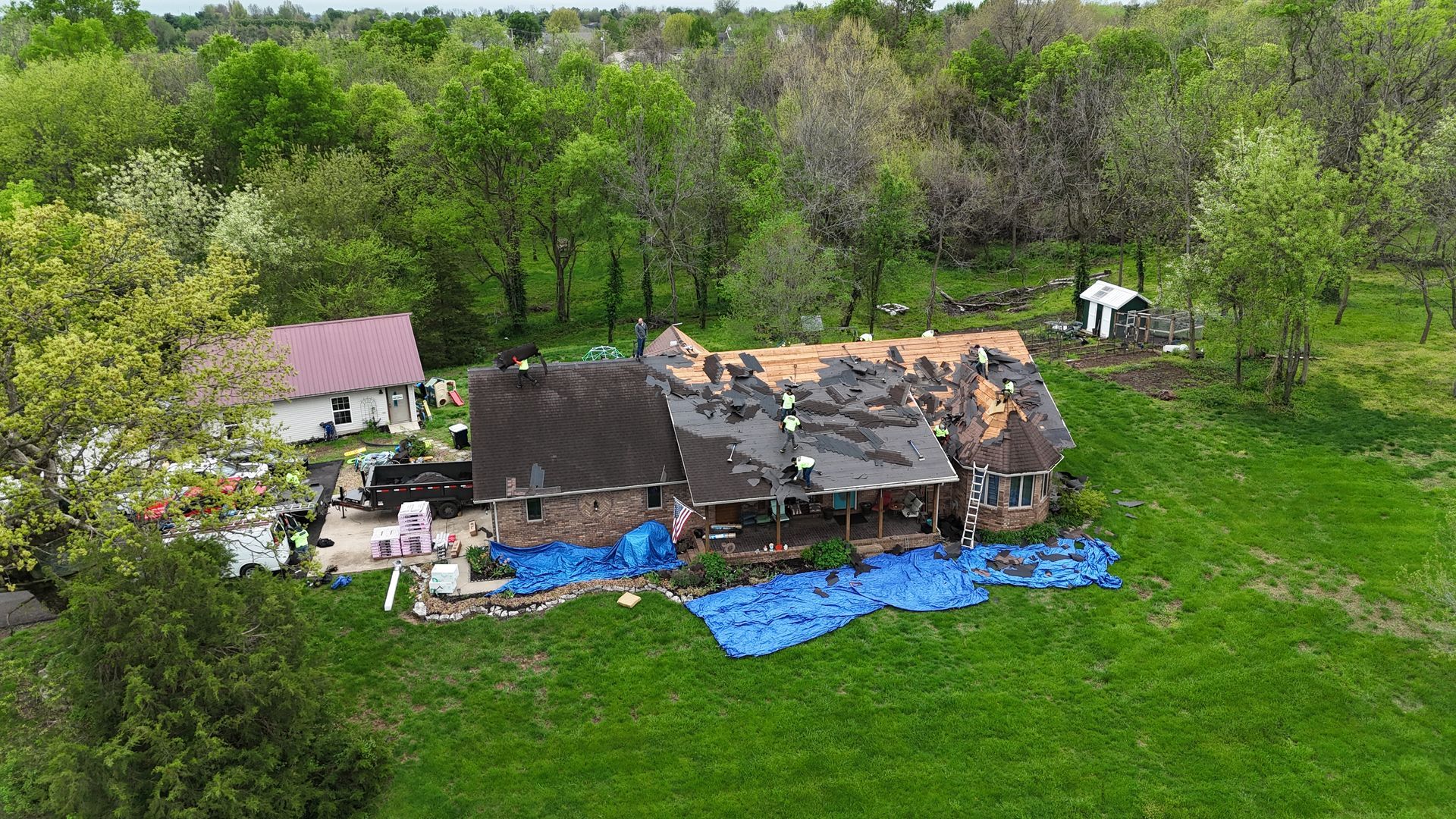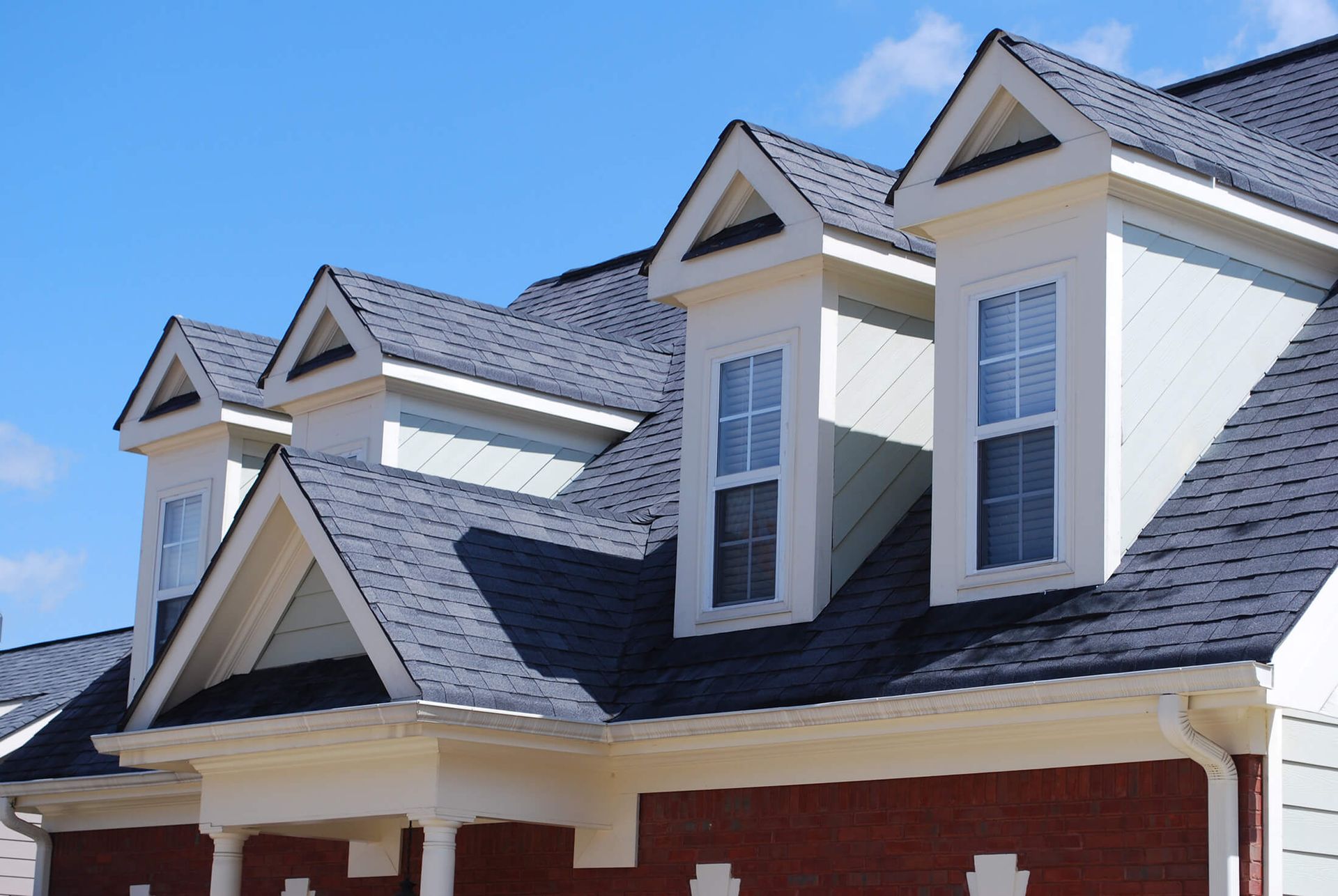How to Inspect Your Siding for Damage After Severe Fall Storms
How to Inspect Your Siding for Damage After Severe Fall Storms
Fall storms can be harsh on your home, bringing strong winds, heavy rain, and even hail that can cause significant damage to your siding. After a severe storm, it’s important to conduct a thorough inspection to identify any issues early on, preventing further damage and costly repairs. Here’s a step-by-step guide on how to inspect your siding for damage after a fall storm.
1. Safety First: Take Precautions
Before you begin inspecting your siding, ensure your safety. Always wait until the storm has passed, and it’s safe to go outside. Avoid standing directly under damaged or unstable parts of the roof or siding. If you need to use a ladder to reach higher areas, ensure it’s stable and positioned on a flat surface. If you’re not comfortable with heights or the damage looks extensive, consider hiring a professional for a thorough inspection.
2. Check for Visible Signs of Damage from the Ground
Start your inspection by walking around the perimeter of your home and looking for obvious signs of damage from a distance. Here’s what to look for:
Cracks or Gaps: Severe wind or hail can cause cracks or gaps in your siding. Inspect all sides of the house, paying attention to areas around windows, doors, and corners where damage is more likely to occur.
Dents or Dings: Siding materials like aluminum, steel, or vinyl can get dented or deformed from flying debris or hail. Look for any small or large dents along the surface.
Loose or Detached Pieces: High winds can cause siding panels to loosen or even detach. Check for any sections of siding that may have come loose or are hanging.
Water Stains: Look for any water stains or discoloration along the siding, which could indicate that rain has seeped behind the panels and caused moisture damage to the underlying structure.
3. Inspect for Hail Damage
Hail can be one of the most damaging components of a fall storm, especially for materials like vinyl, aluminum, or wood. To check for hail damage:
Vinyl or Aluminum Siding: Inspect for small, round dents or punctures in the surface. These can sometimes be hard to see, so run your hand along the surface to feel for any irregularities.
Wood Siding: Look for cracks, chips, or gouges that may have been caused by hailstones. Since wood can splinter more easily than other materials, even small impacts can result in long-lasting damage.
Stone or Brick Siding: Hail can cause chips or cracks in stone or brick. Examine the surface closely for any visible breaks or shifts in the mortar.






